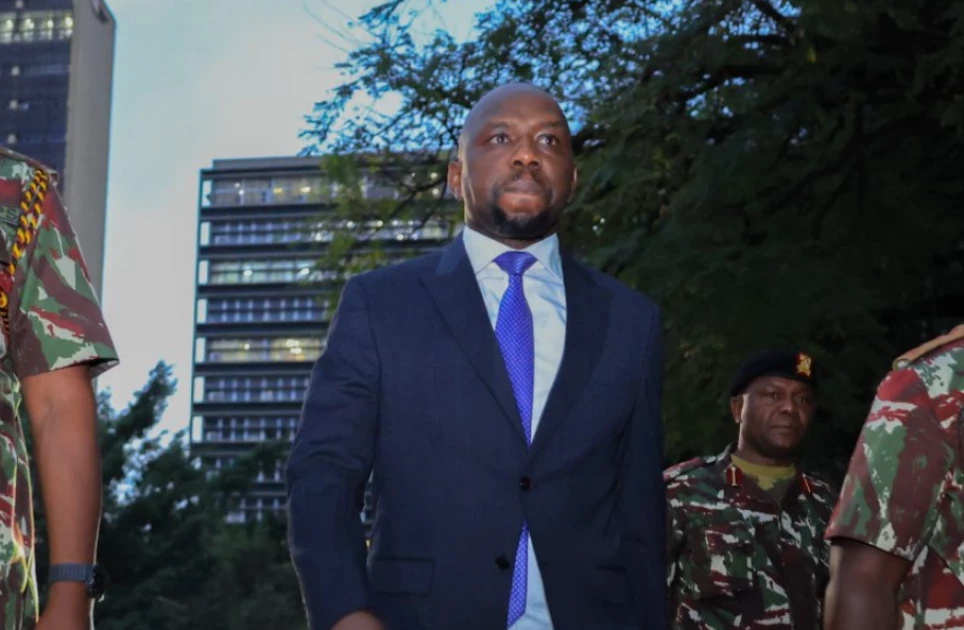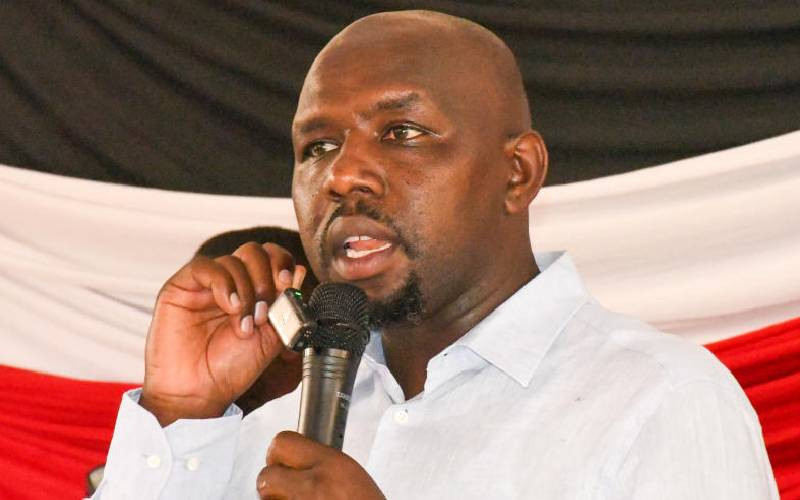Explainer: The uphill task of impeaching a Cabinet Secretary in Kenya

Opposition MPs have threatened to impeach Interior Cabinet Secretary Kipchumba Murkomen over his recent shoot-to-kill remarks, accusing him of promoting extrajudicial killings.
Murkomen has since retracted the remarks, saying his words were taken out of context.
But how possible is it to impeach a Cabinet Secretary in Kenya, and why is it considered almost impossible despite public pressure?
Article 152 of the Constitution allows for the removal of a Cabinet Secretary from office under specific grounds, including gross violation of the Constitution or any law, committing a crime under national or international law, or gross misconduct.
Under Article 152 (6), any Member of the National Assembly can propose a motion requiring the President to dismiss a Cabinet Secretary, provided they have the backing of at least one-quarter of the House.
An MP seeking to initiate impeachment must submit a proposed motion to the Clerk of the National Assembly, including a list of supporting MPs. The Clerk reviews the motion to ensure it clearly states the grounds and specifics for removal before submitting it to the Speaker for consideration.
If approved by the Speaker, the MP must give notice of the motion within seven days and move the motion within 14 days of giving notice. Parliament is required to address the motion within seven days of its presentation.
For the process to continue, the motion must secure the support of at least one-third of MPs. Parliament then forms an 11-member select committee to investigate the allegations against the Cabinet Secretary within 10 days.
The Cabinet Secretary has the right to appear before the committee to present their defence. If the committee finds the allegations unsubstantiated, no further action is taken. If substantiated, Parliament votes on the motion, and if passed by a majority, the Speaker forwards the resolution to the President for a final decision.
Constitutional lawyer Ken Echesa explained that while the law provides a clear path for impeachment, political realities make it nearly impossible.
“People have the sovereign power through Parliament to impeach a Cabinet Secretary. What is critical is for the establishment whether his conduct meets the Constitutional threshold set for impeachment,” said Echesa.
Echesa noted that although Murkomen’s remarks could form the basis for impeachment on grounds of human rights violations, the ruling party’s dominance in Parliament makes it unlikely.
“However, since he is the President's blue-eyed boy, Kenyans may have to impeach him through his boss on the second Tuesday of August 2027. It is legally possible but logically impossible. There is a state capture of Parliament,” said Echesa.
The opposition’s intent to table an impeachment motion faces the hurdle of numbers, as the ruling coalition holds the majority in Parliament and remains aligned with the government.
Murkomen’s shifting roles within President William Ruto’s administration, from Roads, Transport and Public Works to Youth Affairs, Creative Economy and Sports, and now Interior, have cemented his position as a key ally of the President, making any impeachment effort politically challenging.
Stay informed. Subscribe to our newsletter
While Kenya’s Constitution provides a framework to impeach a Cabinet Secretary, the process requires significant political will and numerical strength in Parliament.
In Murkomen’s case, critics may continue pushing for accountability, but the legal possibility of impeachment faces the hard reality of political dynamics that make it close to impossible.









